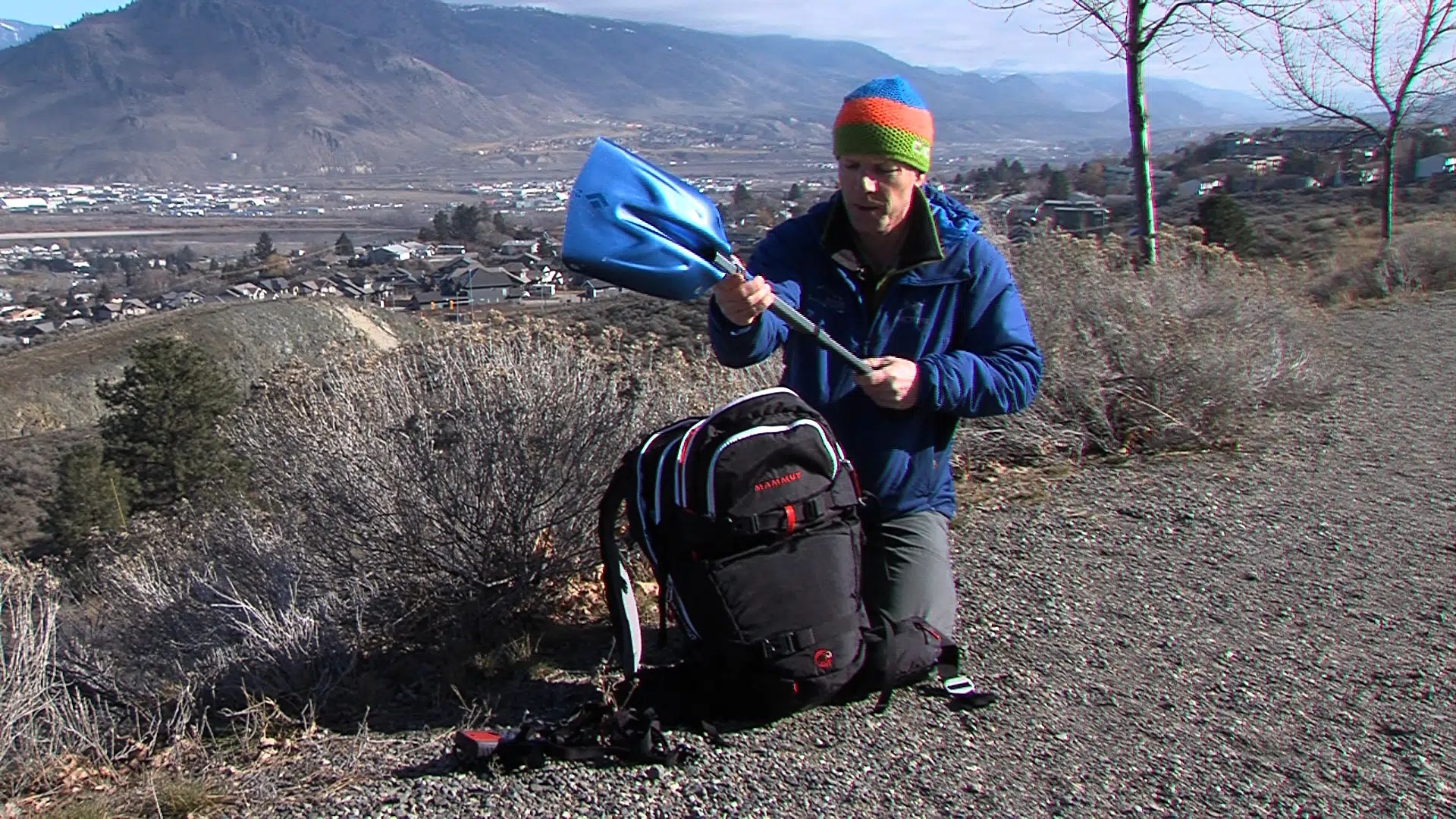
Preparing for all situations; avalanche training recommended
KAMLOOPS — It’s one of mother nature’s most powerful forces. An avalanche can sweep you away in a matter of a seconds, burying you deep under the snow.
WATCH ABOVE: Avalanche safety tips
“We’ve got enough snow now to make it fun to get out there, but we’ve also got some layers that are deeper in the snowpack that are causing some concern,” says Iain Stewart-Patterson of TRU Adventure Studies Program.


